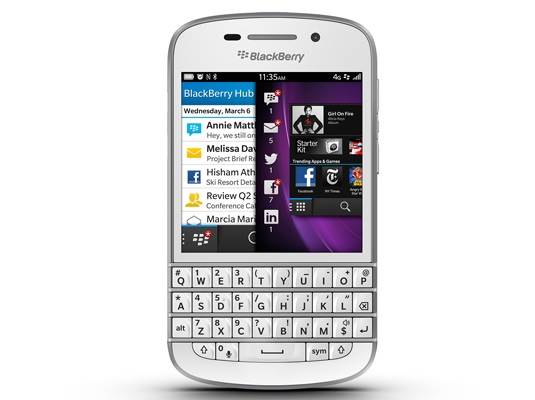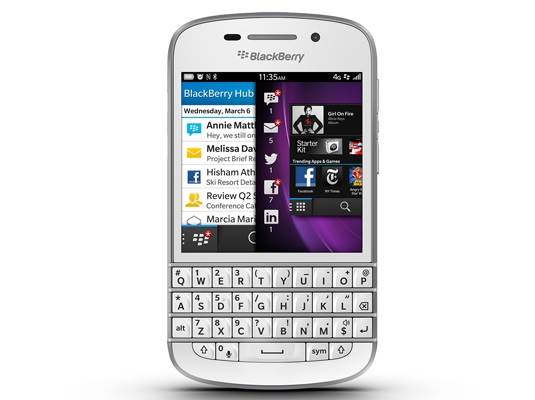
BlackBerry
RIM soon began to introduce BlackBerry devices aimed towards the consumer market as well, beginning with the BlackBerry Pearl 8100—the first BlackBerry phone to include multimedia features such as a camera. The introduction of the Pearl series was highly successful, as was the subsequent Curve 8300 series and Bold 9000. Extensive carrier partnerships fueled the rapid expansion of BlackBerry users globally in both enterprise and consumer markets.
The arrival of the first Apple iPhone in 2007 caused much fanfare and speculation that the BlackBerry might have its first serious competition. Boasting a powerful mobile browser, a new touch screen interface, strong multimedia capabilities and (later) a bundled application storefront with many mobile apps, the iPhone was referred to as a "BlackBerry Killer" by some in the media. The introduction of Apple's iPhone on the AT&T network in the fall of 2007 in the United States prompted RIM to produce its first touchscreen smartphone for the competing Verizon network in 2008— the BlackBerry Storm. The Storm sold well but suffered from mixed to poor reviews and poor customer satisfactionThe iPhone initially lagged behind the BlackBerry in both shipments and active users, due to RIM's head start and larger carrier distribution network. In the United States, the BlackBerry user base peaked at approximately 21 million users in the fall of 2010. That quarter, the company's global subscriber base stood at 36 million users. As the iPhone and Google Android accelerated growth in the United States, the BlackBerry began to turn to other smartphone platforms. Nonetheless, the BlackBerry line as a whole continued to enjoy success, spurned on by strong international growth. As of December 1, 2012, the company had 79 million BlackBerry users globally with only 9 million remaining in the United States.
Even as the company continued to grow worldwide, investors and media became increasingly alarmed about the company's ability to compete with devices from rival mobile operating systems iOS and Android. Analysts were also worried about the strategic direction of the co-CEOs' management structure. In June 2014, CNN released an article citing BlackBerry as one of six endangered US brands.
Following numerous attempts to upgrade their existing Java platform, the company made numerous acquisitions to help it create a new, more powerful BlackBerry platform, centered around its recently acquired real-time operating system QNX.[24] In March 2011, Research In Motion Ltd.’s then-co-CEO Jim Balsillie suggested during a conference call that the "launch of some powerful new BlackBerrys" (eventually released as BlackBerry 10) would be in early 2012. However analysts were "worried that promoting the mysterious, supposedly game-changing devices too early might hurt sales of existing BlackBerrys" (similar to the Osbourne effect). The initial launch date was seen in retrospect as too ambitious, and hurt the company's credibility at a time when its existing aging products steadily lost market share.
On September 27, 2010, RIM announced the long-rumoured BlackBerry PlayBook tablet, the first product running on the new QNX platform known as BlackBerry Tablet OS. The BlackBerry PlayBook was officially released to US and Canadian consumers on April 19, 2011. The PlayBook was criticized for being rushed to market in an incomplete state and sold poorly. Following the shipments of 900,000 tablets during its first three quarters on market, slow sales and inventory pileups prompted the company to reduce prices and to write down the inventory value by $485 million.









